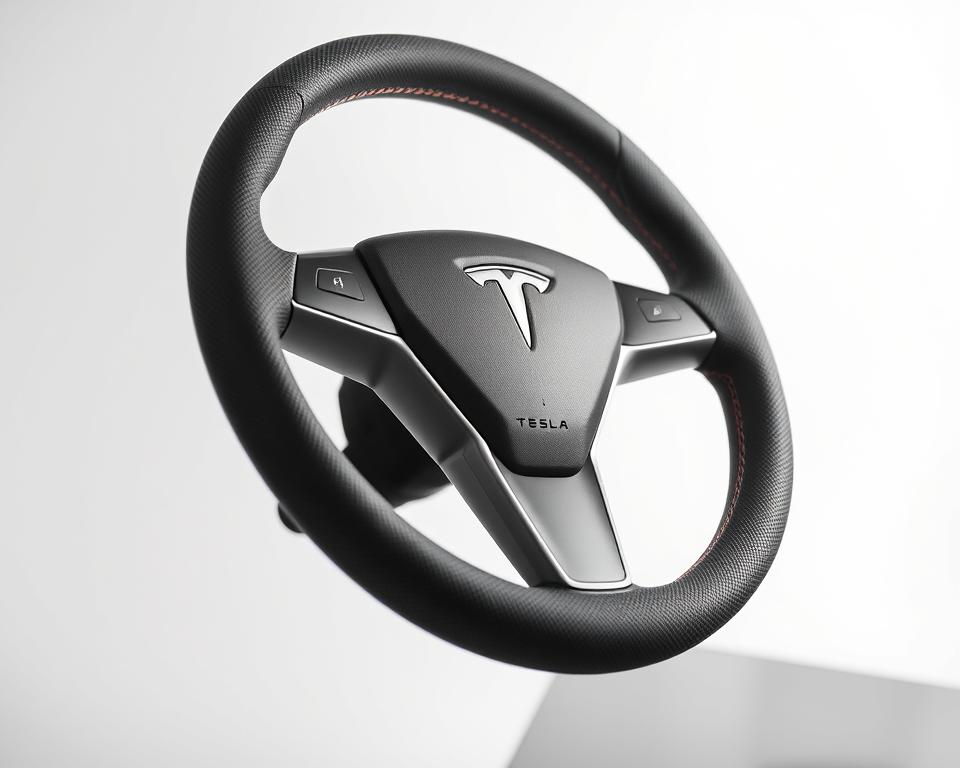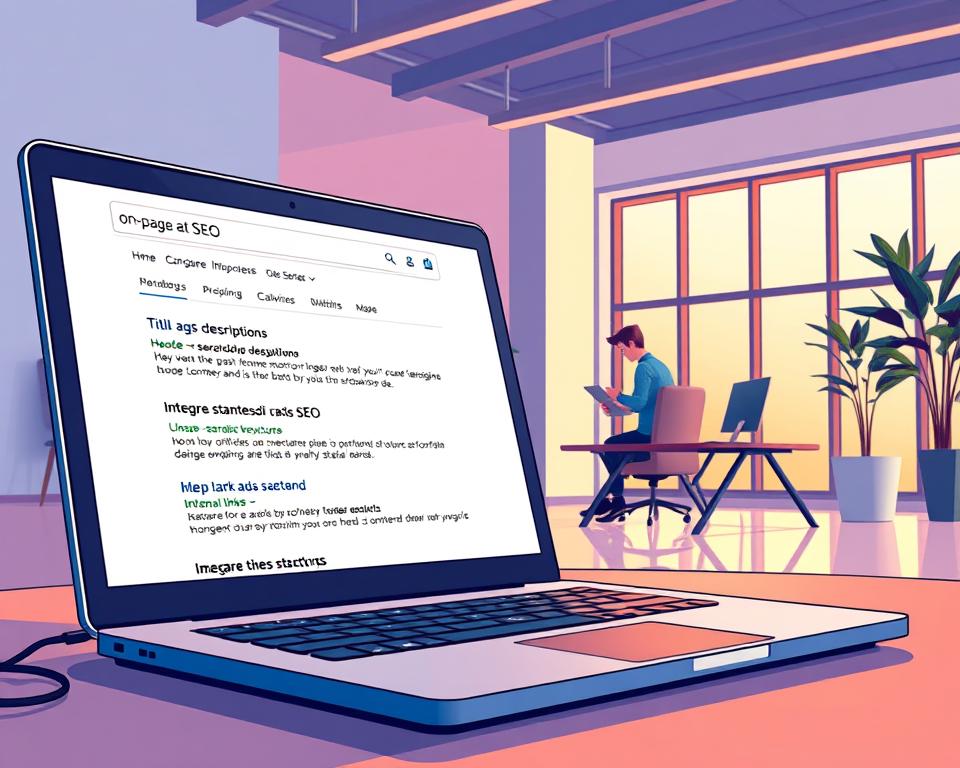Transform Your Tesla Model Y with Juniper Accessories
Picture your Model Y transformed into a chic, cozy refuge with just a few key accessories. With Juniper accessories, you’re not merely adding extras to your car. Every road trip becomes more fun and customized to your style. An extensive suite of quality Tesla Model Y Juniper accessories ensures your vehicle reflects you.
They exceed simple good looks. They guard your investment, maintaining peak condition over time. From adding sophistication to boosting practicality, Juniper accessories serve both. Blending style with utility, they enhance each ride.
Central Ideas
- Juniper gear blends chic design with comfort enhancements.
- Custom options permit you to project your own taste.
- High-end parts are vital to boost ride quality.
- Securing your Tesla prolongs life and sustains resale worth.
- Juniper accessories offer both functionality and aesthetic appeal.
Tesla Model Y Juniper Accessories: An Introduction
Opening the world of Juniper gear for your Model Y shows diverse, custom options. They refine driving by fusing innovation and top-notch workmanship. As you dive into the world of Tesla Model Y accessories, you’ll encounter various solutions tailored for Tesla owners.
Juniper accessories overview emphasizes the importance of both practical and stylish elements. Find products spanning molded liners to classy exterior kits. They fit multiple aims—enhanced comfort, function, or bespoke design.
Picking Tesla accessories uplifts style and performance. Securing top Juniper accessories guarantees a smoother, more delightful drive.

Benefits of Picking Juniper for Your Model Y
Choosing the right accessories for your Tesla Model Y involves several key considerations. Compatibility and craftsmanship reveal Juniper’s advantages. They present numerous Model Y-designed enhancements. Ensuring each add-on blends flawlessly with the Tesla silhouette.
Understanding why Juniper excels points to quality materials and sleek design. Their offerings use premium-grade fabrics. They boost comfort and refine cabin aesthetics. Upholding OEM standards plus your personal twist.
Digging into why choose accessories highlights Juniper’s custom fits. They support daily use, blending ease, performance, and flair. Retrofitting with Juniper parts picks superior and forward-thinking products. It amplifies your driving enjoyment.
Juniper’s Interior Add-Ons for Your Model Y
Improving cabin areas amplifies both ease and elegance. Interior Juniper add-ons provide superior enhancements for your Tesla. You’ll find tailored seat covers and chic wood panels, blending form and function.
Bespoke Seat Protections for Comfort and Style
Precision seat covers defend against wear and raise comfort. Built from luxury materials, they mold to your seats for optimal protection. Offering countless designs and hues, you’ll find the perfect interior match. Quality covers guard seats and heighten ride enjoyment.
Adding Style with Juniper Wood Trim Options
Juniper wood fascia introduces a touch of natural luxury. This elegant feature complements your vehicle’s sleek design, adding to the luxury of your space. Choose among several textures and hues for stylish, utilitarian upgrades. Rich wood tones craft a welcoming, refined interior ambiance.
Key Juniper Add-Ons for Tesla Model Y
Outfitting your Model Y in Juniper gear significantly enriches each ride. They connect utility with design, boosting comfort on every trip. Crafted for every-day life, they defend interiors and elevate ambiance.
A center console shield is essential, combining style with defense. Durable floor mats for all seasons ensure your Tesla stays pristine. They secure debris and spills, easing maintenance.
Here’s a quick overview of essential Juniper accessories that every Tesla Model Y owner should consider:
| Accessory | Function | Benefits |
|---|---|---|
| Center Console Cover | Shields console from wear | Upgrades appearance, effortless cleaning |
| All-Climate Floor Mats | Traps debris and liquids | Long-lasting, all-condition |
| Window Sunshield | Reduces interior heat | Reduces glare, safeguards dash |
| Trunk Organizer | Organizes cargo | Enhances cargo order |
Outfitting with these vital Juniper accessories elevates your experience. They refine use and extend lifespan. Upgrade your driving experience by adding these must-have accessories to your Model Y.
Unique Juniper Customizations for Model Y
Customization is key to making your Tesla Model Y truly yours. Many custom Juniper parts let you craft a unique ride. Options range from striking vehicle wraps to refined emblem kits for standout looks.
Standout Personalization Features
Customizing your Model Y becomes easy with Juniper’s bespoke gear. You can pick from a variety of colors and materials, ensuring every detail reflects your unique style. Highlighted options are:
- Custom wraps that let you change your vehicle’s color or finish.
- Custom badge overlays for standout branding.
- Interior fascia sets to renew dashboard and doors.
These personalized Tesla accessories not only improve your driving experience but also boost your vehicle’s appeal. Employing these tailored accessories delivers personal flair with elite quality.
Protect and Style with Tesla Model Y Juniper Seat Covers
Opting for quality seat covers preserves aesthetics and usefulness. Superior seat shields by Juniper afford several gains. They defend seats and elevate cabin aesthetics.
Why Choose Top-Tier Seat Covers
Top-notch seat wraps offer many benefits. They guard from drips, spots, and normal wear. This helps extend the life of your vehicle’s upholstery. They moreover maintain resale return by seat upkeep.
Multiple Color and Pattern Selections
When picking Tesla Model Y Juniper seat covers, you’ll find a wide range of color patterns. Whether you like bold, vibrant designs or more subtle, classic shades, there’s something for everyone. This spread helps you tailor your cabin to your taste.
Convenience with Tesla Model Y Juniper Center Console Cover
The Tesla Model Y Juniper center console cover is a perfect mix of style and practicality. It shields against everyday wear, keeping the console spotless. With its streamlined style, it enhances cabin aesthetics.
Adding center console upgrades to your Tesla is key for keeping things functional and stylish. It simplifies using console controls for added ease. Made to last, it’s a durable, sensible choice.
Choosing convenience accessories like the Tesla Model Y Juniper center console cover protects your vehicle’s surfaces and improves your driving experience. It gives you peace of mind, knowing your console is safe while also making your Tesla Model Y look better.
Premium Steering Wheel Cover by Juniper
Mounting a Juniper steering shield notably refines driving. Made for improved grip, it sharpens on-road handling. Its form increases comfort, making miles more pleasant.
It also adds refined style to your cabin. The wooden detail blends seamlessly with the Model Y’s style. It unites style and durability, protecting your wheel and maintaining value.
Selecting this cover is prudent for form and function. It enhances your grip and adds a premium look to your Tesla Model Y. This upgrade significantly improves your driving experience.
Understanding Juniper’s Advantages for Model Y
Juniper solutions afford many upsides, uplifting durability and design. Putting money into sturdy Tesla Model 3 Highland Accessories defends your ride and refines its look. This is key if you aim to sell it later.
Durability and Protection for Your Investment
Juniper’s strength shines through its long life. These premium accessories are crafted to endure daily use, keeping your Tesla Model Y in top shape. Accessories like liners and wraps guard against leaks, scrapes, and debris, sustaining upkeep.
Enhancing Style and Future Sale Price
They refine your car’s aesthetics to draw admiring glances. This stylish upgrade is not just for aesthetics; it significantly boosts your car’s resale value. A car equipped with elite parts garners more interest and value.
In Summary
Incorporating Juniper add-ons can markedly enrich your journeys. They blend practicality with elegance. Built to boost ease and express your personal style.
Your car is beyond conveyance—it’s a valuable asset. Selecting premium parts raises your Tesla’s comfort and build quality. Plus, it uplifts future resale returns. Careful improvements reshape your driving enjoyment.
Diving into Juniper gear makes your Model Y unique. Whether upgrades for use or looks, the best accessories excel. Consider these upgrades for a more refined and enjoyable journey.









